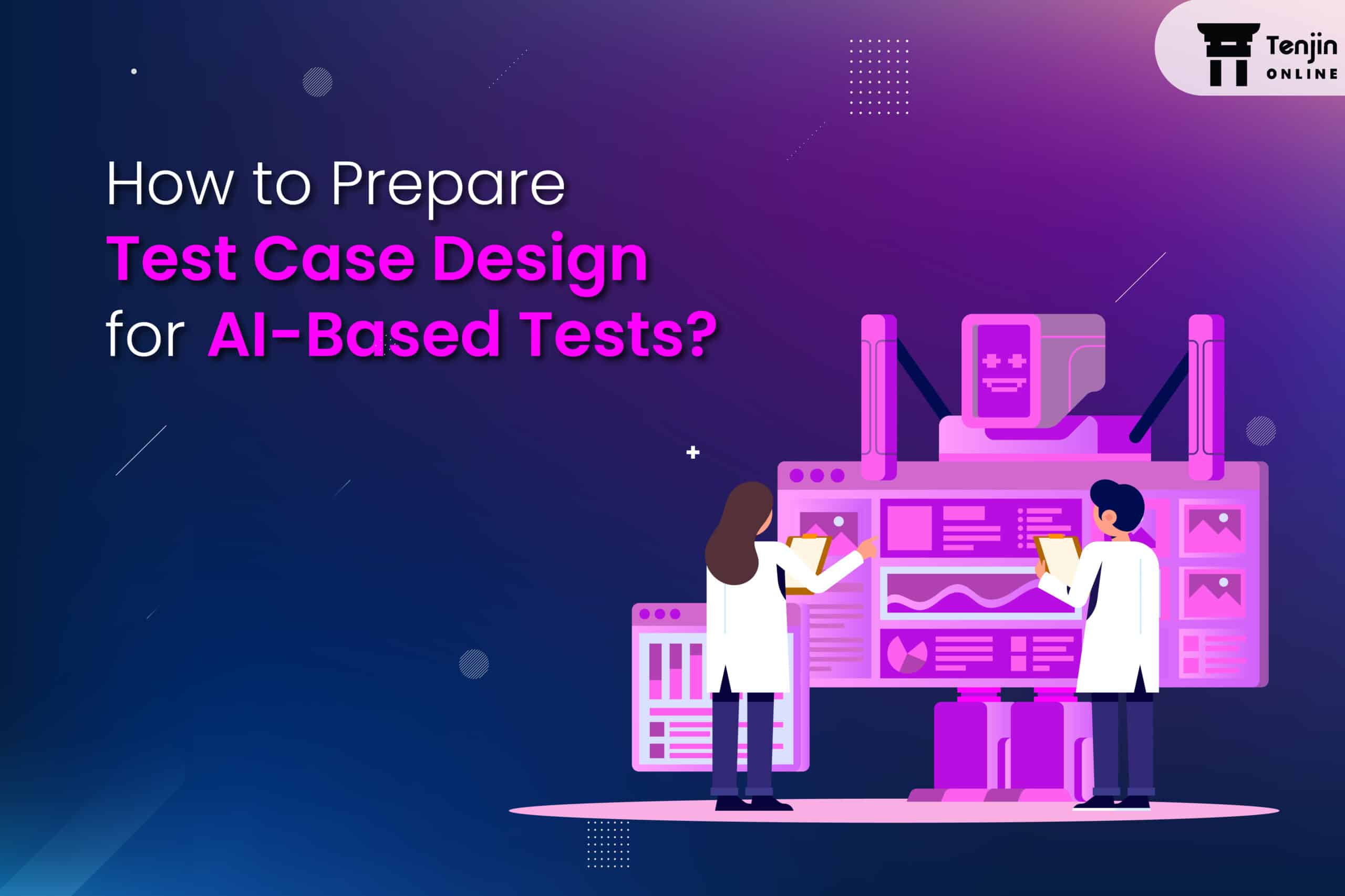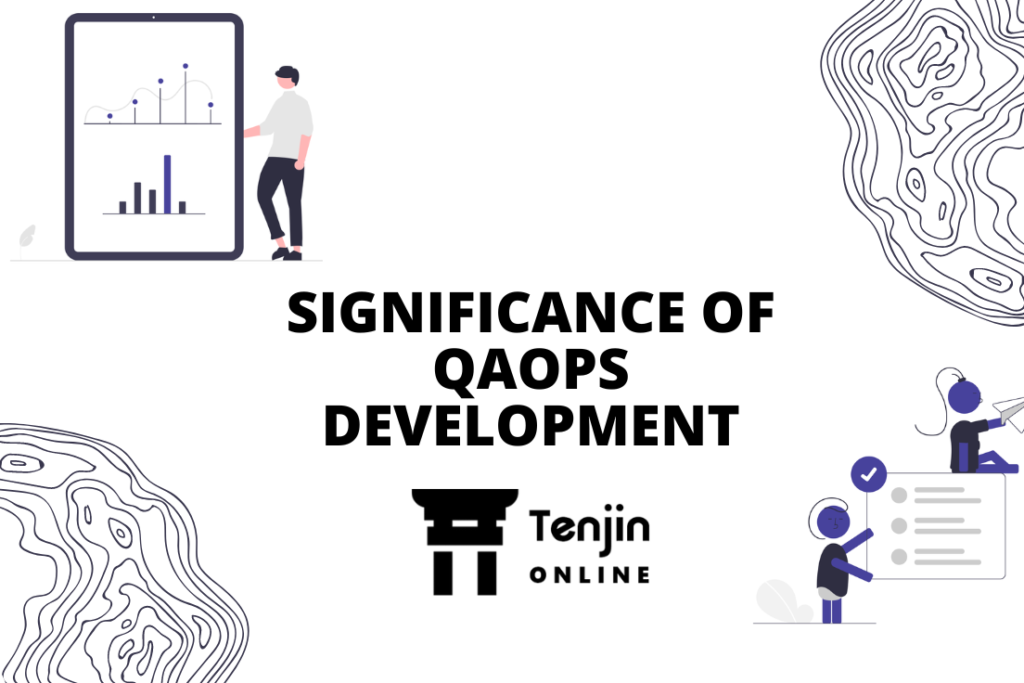
As the field of artificial intelligence (AI) continues to advance at a rapid pace, the need for robust and reliable testing methodologies becomes increasingly important. Testing AI-based systems present unique challenges due to their complexity and the nature of the algorithms involved. It becomes extremely important to address and resolve the issues in order to yield the best business outcomes.
One critical aspect of AI testing is the design of test cases, which serves as the foundation for evaluating the performance and functionality of these systems. In this article, we will explore the key considerations and steps involved in preparing test case design for AI-based tests.
Considerations to Prepare Test Case Design for AI Tests
Here are a few considerations to generate test case designs for AI tests:
Understand the AI System Under Test
Before embarking on test case design, it is crucial to have a thorough understanding of the AI system under test. This includes understanding the underlying algorithms, models, and data sources involved. Familiarize yourself with the system’s objectives, input-output relationships, and any specific performance requirements. This knowledge will inform the design of effective test cases tailored to the unique characteristics of the AI system.
Define Test Objectives
Clearly define the objectives of your testing efforts. Identify the specific aspects of the AI system that need to be evaluated, such as accuracy, robustness, scalability, or response time. Having well-defined test objectives will help you prioritize your testing efforts and ensure that your test cases cover all critical aspects of the AI system.
Determine Test Inputs
AI systems rely heavily on input data to make predictions or decisions. Determine the types of input data that need to be considered during testing. This may include structured data, unstructured data (text, images, audio), or even simulated data. Identify the relevant data sources and consider both typical and edge cases that could potentially impact the system’s performance.
Balance Test Automation and Human Evaluation
While test automation can expedite the testing process, it is essential to strike a balance between automated tests and human evaluation. AI systems can exhibit biases, unintended behaviors, or limitations that may go unnoticed by automated tests alone. Human evaluators can provide valuable insights, assess subjective aspects, and identify potential ethical concerns. Incorporating human evaluation alongside automated tests ensures a more comprehensive evaluation of the AI system’s performance.
Design Test Scenarios
Based on the defined objectives and identified inputs, design a set of test scenarios that cover a wide range of relevant situations. Test scenarios should encompass various combinations of input data, potential errors, anomalies, and expected outcomes. Consider both positive and negative test cases to assess the system’s behavior in different scenarios.
Generate Test Data
Once you have defined test scenarios, you may need to generate appropriate test data. In some cases, you can use existing datasets that closely match your desired test cases. Alternatively, you may need to create synthetic or simulated data to represent specific scenarios. Ensure that the generated test data accurately reflects the real-world conditions the AI system is expected to handle.
Determine Evaluation Metrics
Establish evaluation metrics to quantitatively measure the performance of the AI system. These metrics can include accuracy, precision, or other domain-specific measurements. Additionally, consider any specific performance benchmarks or industry standards that apply to the AI system you are testing. Clearly define the desired outcomes for each test case to assess whether the AI system meets the required criteria.
Address Explainability and Interpretability
AI systems are often considered “black boxes” due to their complexity, making it challenging to understand how they arrive at their decisions or predictions. Test cases should address the explainability (a concept in Machine Learning that explains what data makes sense to humans at an acceptable level) and interpretability aspects of AI systems, aiming to uncover the reasoning behind the system’s outputs. This can involve designing tests that probe the decision-making process, validating the model’s outputs against known patterns, or conducting sensitivity analyses to understand the impact of input variations on the output.
Execute Test Cases and Analyze Results
Execute the designed test cases using the AI system under test. Collect and analyze the results to evaluate the system’s performance against the defined metrics. Pay close attention to any failures or discrepancies and investigate their root causes. Iteratively refine and enhance the test cases based on the insights gained from the test execution.
Document Test Cases and Findings
Proper documentation of test cases and findings is essential for traceability and future reference. Maintain a comprehensive record of the test case design, including input data, expected outcomes, and evaluation metrics. Document any observed issues, failures, or areas for improvement. This documentation will be valuable for future iterations of testing.
Conclusion
As artificial intelligence (AI) continues to revolutionize various industries, it becomes increasingly important to ensure the reliability and effectiveness of AI systems. Testing plays a critical role in this process, helping to identify and mitigate potential issues or errors in AI-based systems. However, designing test cases for AI-based tests can be a complex task that requires careful consideration of various factors.
This article highlighted the key considerations and best practices for test case design in the context of AI-based tests. Test case design for AI-based tests requires a thorough understanding of the AI system, clear objectives, representative test data, well-defined oracles, and a balance between automation and human evaluation. It is essential to implement the above-said considerations while testing AI systems to ensure the desired results are obtained.


